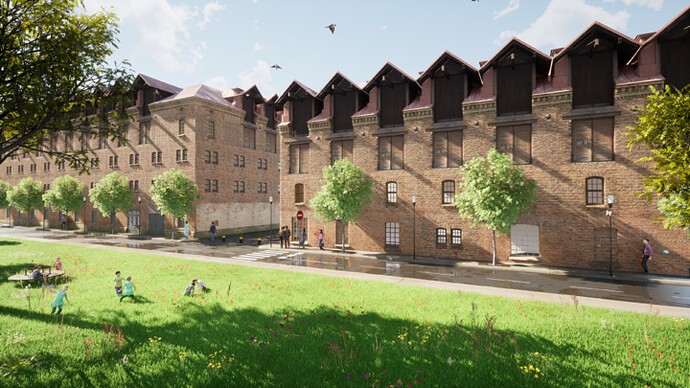Creating realistic vehicle animations often involves synchronizing Vehicle Path movement with wheel rotation. This exercise explores the challenges of achieving this in animation software, specifically when attempting to combine translation and rotation. While direct synchronization may not be straightforward, workarounds using custom paths can offer a solution, albeit with limitations.
One approach to animate a vehicle along a path while simulating wheel rotation involves a three-part video technique. This method, a form of digital DIY, highlights the current constraints within certain animation software environments. The first part demonstrates a custom vehicle path combined with rotation. The second part showcases the vehicle stationary, emphasizing the separation of path movement and wheel rotation. Finally, the third part reiterates the custom path and rotation animation.
 Vehicle Path Animation Example
Vehicle Path Animation Example
This method reveals that simultaneously implementing translation and rotation for vehicle path animation is not natively supported in the software. This limitation necessitates creative problem-solving, such as the described custom path technique. Ideally, software improvements could address these shortcomings. Features like enabling combined translation and rotation functionalities would significantly enhance the realism and efficiency of vehicle animation. Furthermore, incorporating path triggers within the software interface would allow for more precise control over animation timing, for example, enabling a vehicle to start moving at a specific point in the timeline.
While current workarounds can produce visually acceptable results, particularly at a distance, they often fall short of achieving truly seamless and accurate vehicle path animation with realistic wheel rotation. For projects demanding high fidelity, post-production adjustments in software like After Effects might be necessary to refine certain aspects of the animation. Addressing these software limitations would streamline the animation process and empower users to create more compelling and realistic vehicle movements along defined vehicle paths.
